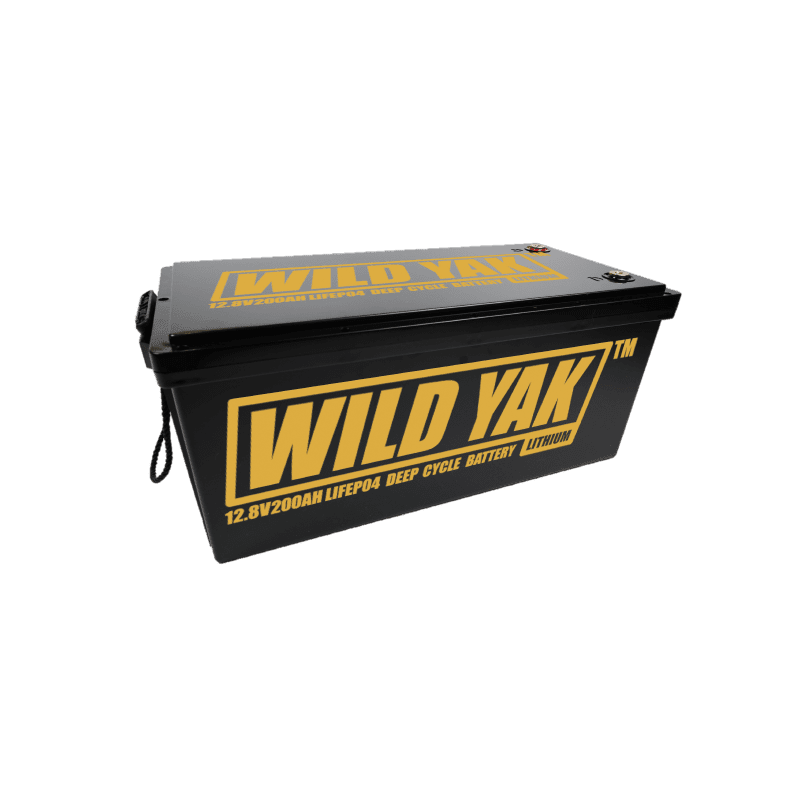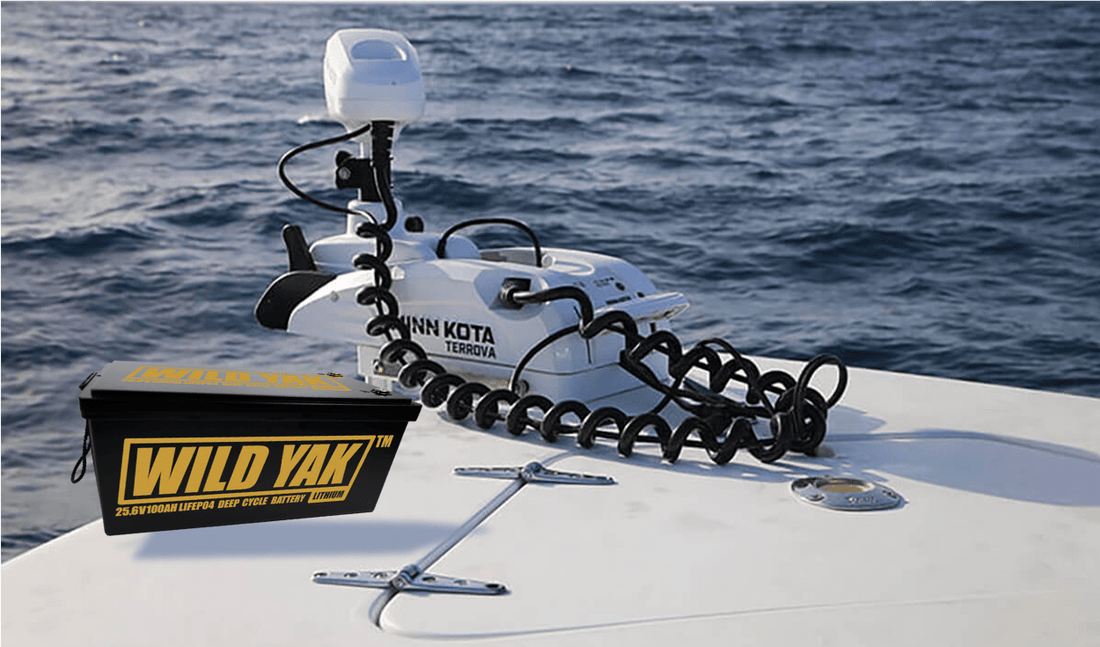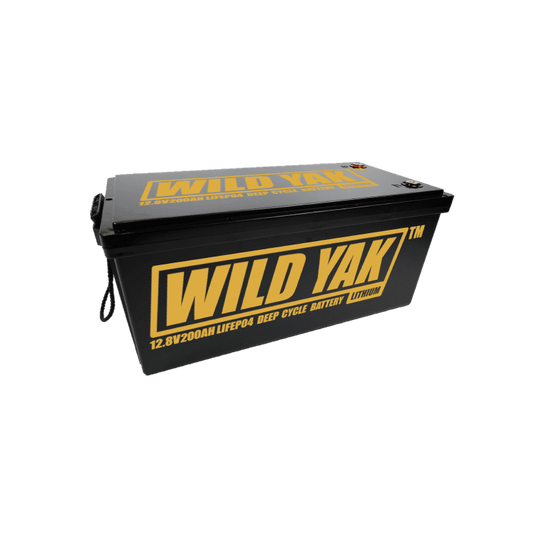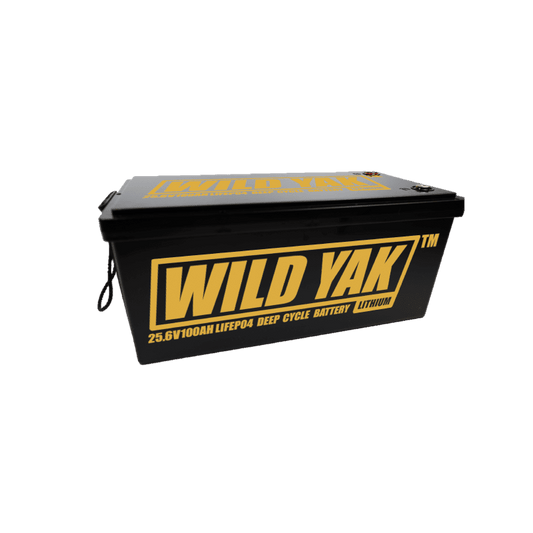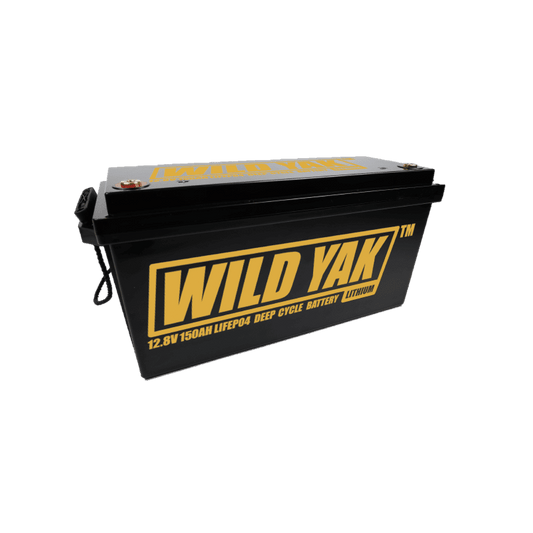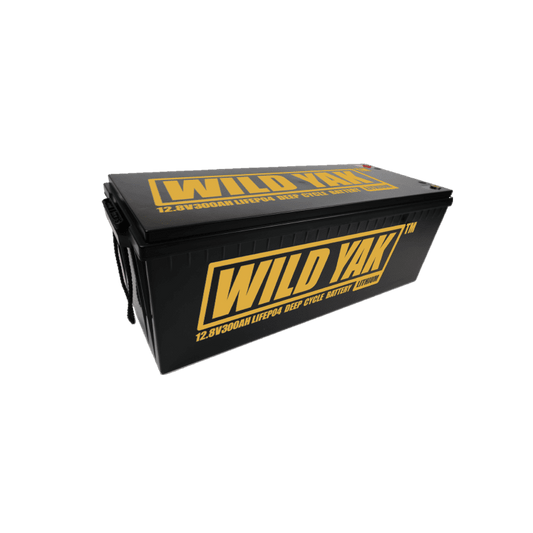When selecting a lithium-ion battery for a trolling motor, there are three major steps to follow:
Step 1: Determine battery voltage
Depending on the thrust level, trolling motors usually require a specific voltage range to operate, as shown in the table below:
| Boat Length (ft) | Total Boat Weight (lb) | Minimum Thrust Level (lb/thrust) | Lithium Battery Voltage |
| 14 | 1600 or less | 30-40 | 12V |
| 16-17 | 1600-2600 | 40-55 | 12V |
| 17-18 | 2600-3600 | 70-80 | 24V |
| 18-19 | 3600-4600 | 80-90 | 24V |
| 20-23 | 4600-5600 | 112-115 | 36V |
| 24 or more | 5600 or more | 115 or more | 36V * |
* Multiple batteries may apply.
Step 2: Determine battery capacity
Battery capacity determines the runtime of the trolling motor; the higher the capacity, the longer the runtime.
Refer to the group size chart for battery capacity.
Step 3: Determine battery weight
The weight and size of lithium-ion batteries vary from model to model, and the proper battery needs to be selected based on your boat's space and weight capacity.
Refer to the group size chart for battery weight.
